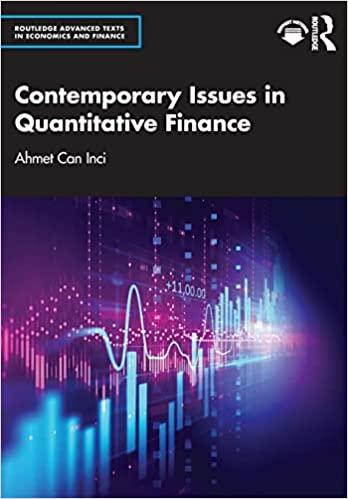Question 16 2 pts JR Industries has a $20 million loan due at the end of the year and under its current business strategy, its assets will have a market value of only $15 million when the loan comes due. JR is considering a new much riskier business strategy. While this new riskier strategy can be implemented using JR's existing assets without any additional investment, the new strategy has only a 40% probability of succeeding. If the new strategy is a success, the market value of JR's assets will be $30, but if the strategy fails the assets will be worth only $5 million. What is the overall expected payoff under JR's new riskier business strategy? 1. $4 million 2. $11 million 3. $20 million 4. $15 million 4 3 O1 O 2 Question 17 2 pts Question 17 2 pts JR Industries has a $20 million loan due at the end of the year and under its current business strategy, its assets will have a market value of only $15 million when the loan comes due. JR is considering a new much riskier business strategy. While this new riskier strategy can be implemented using JR's existing assets without any additional investment, the new strategy has only a 40% probability of succeeding. If the new strategy is a success, the market value of JR's assets will be $30, but if the strategy fails the assets will be worth only $5 million What is the expected payoff to debt holders under JR's new riskier business strategy? 1. $20 million 2. $4 million 3. $15 million 4. $11 million 3 o 4 O 1 2 Question 18 2 pts Question 18 2 pts JR Industries has a $20 million loan due at the end of the year and under its current business strategy, its assets will have a market value of only $15 million when the loan comes due. JR is considering a new much riskier business strategy. While this new riskier strategy can be implemented using JR's existing assets without any additional investment, the new strategy has only a 40% probability of succeeding. If the new strategy is a success, the market value of JR's assets will be $30, but if the strategy fails the assets will be worth only $5 million. What is the expected payoff to equity holders under JR's new riskier business strategy? 1. $15 million 2. $11 million 3. $20 million 4. $4 million O2 4 O 1 Question 19 2 pts Question 18 2 pts JR Industries has a $20 million loan due at the end of the year and under its current business strategy, its assets will have a market value of only $15 million when the loan comes due. JR is considering a new much riskier business strategy. While this new riskier strategy can be implemented using JR's existing assets without any additional investment, the new strategy has only a 40% probability of succeeding. If the new strategy is a success, the market value of JR's assets will be $30, but if the strategy fails the assets will be worth only $5 million. What is the expected payoff to equity holders under JR's new riskier business strategy? 1. $15 million 2. $11 million 3. $20 million 4. $4 million O2 4 O 1 Question 19 2 pts Question 19 2 pts Which of the following statements is false? 1. A biotech firm might be developing drugs with tremendous potential, but it has yet to receive any revenue from these drugs. Such a firm will not have taxable earnings. In that case, a tax-optimal capital structure does not include debt. 2. No corporate tax benefit arises from incurring interest payments that regularly exceed EBIT. 3. The optimal level of leverage from a tax-saving perspective is the level such that interest equals EBIT. 4. In general, as a firm's interest expense approaches its expected taxable earnings, the marginal tax advantage of debt increases, limiting the amount of equity the firm should use. 2 1 3 4 Question 20 2 pts Question 20 2 pts Which of the following statements is false? 1. As long as the firm's choice of securities does not change the cash flows generated by its assets, the capital structure decision will not change the total value of the firm or the amount of capital it can raise. 2. If securities are fairly priced, then buying or selling securities has an NPV of zero and, therefore, should not change the value of a form 3. The future repayments that the form must make on its debt are equal in value to the amount of the loan it receives upfront 4. An investor who would like more leverage than the firm has chosen can lend and add leverage to his or her own portfolio. 4 2 3 O 1 Question 21 2 pts












